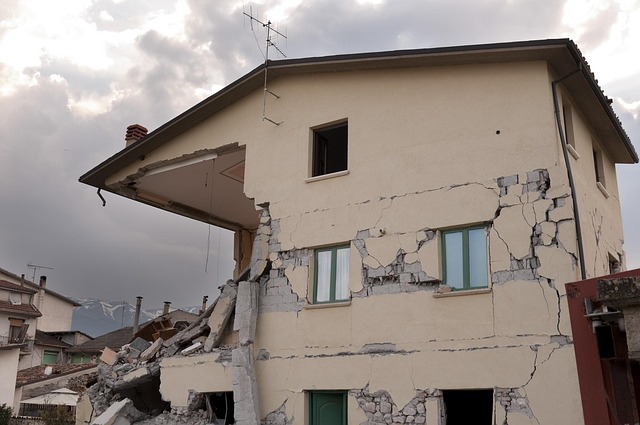San Antonio, Texas, faces unique housing challenges after disasters due to high density, diverse zoning, historic buildings, and extreme weather. Disaster reconstruction services here focus on swift, safe temporary shelters using lightweight, portable structures, enhancing response efficiency and supporting community recovery, stability, and resilience.
In the wake of disasters, providing immediate and safe shelter becomes a top priority. San Antonio, Texas, has faced its fair share of challenges when it comes to post-disaster housing. This article explores disaster reconstruction services as a vital component in the city’s recovery efforts. We delve into assessing housing needs, innovative temporary shelter solutions that offer quick fixes for emergency housing, and the role of community resilience through reconstruction services.
- Assessing San Antonio's Post-Disaster Housing Needs
- Innovative Temporary Shelters: A Quick Fix for Emergency Housing
- Community Resilience: The Role of Reconstruction Services in Recovery
Assessing San Antonio's Post-Disaster Housing Needs

After a disaster strikes, one of the immediate and critical concerns is providing safe and adequate shelter for affected residents. San Antonio, Texas, like many cities, faces unique challenges when it comes to post-disaster housing needs. The city’s diverse demographics, climate, and infrastructure must be considered when evaluating temporary shelter solutions during disaster reconstruction services.
San Antonio’s population density, mixed zoning areas, and historic buildings create a complex landscape for emergency housing. Additionally, the city’s warm, humid summers and cold winters demand specific considerations for temporary shelters to ensure comfort and health safety. By carefully assessing these factors, disaster reconstruction professionals in San Antonio can develop effective strategies to meet the housing needs of both long-term residents and displaced individuals or families, ensuring a more rapid and efficient recovery process.
Innovative Temporary Shelters: A Quick Fix for Emergency Housing

In the aftermath of a disaster, temporary shelter solutions are paramount for displaced communities. Innovative designs and materials offer quick fixes for emergency housing, providing immediate relief to those in need. These modern approaches to temporary shelters not only ensure basic protection from the elements but also prioritize safety, comfort, and even aesthetics.
San Antonio, Texas, has seen the successful implementation of such solutions during its disaster reconstruction efforts. Local experts in disaster reconstruction services have embraced innovative techniques, utilizing lightweight, easily transportable structures that can be rapidly assembled and disassembled. These shelters cater to various needs, from immediate rescue operations to transitional housing, ensuring a more efficient and effective response to future disasters.
Community Resilience: The Role of Reconstruction Services in Recovery

In the aftermath of a disaster, the role of community resilience cannot be overstated. Among the critical components fostering this resilience are efficient and effective disaster reconstruction services. In San Antonio, Texas, for instance, these services play a pivotal role in recovery efforts, providing temporary shelter solutions that ensure displaced folks can find safety and security while their homes are restored or rebuilt.
The impact of well-managed disaster reconstruction goes beyond immediate accommodation. By swiftly addressing housing needs, these services help communities reclaim a sense of normalcy, facilitating social cohesion and economic stability. They also contribute to the long-term sustainability of the region, ensuring that resilient infrastructure is in place to withstand future disasters.
In light of the above discussions, it’s evident that effective disaster reconstruction services play a pivotal role in the recovery process of cities like San Antonio, Texas. From assessing housing needs to implementing innovative temporary shelter solutions, these services are crucial for fostering community resilience. By leveraging advanced technologies and collaborative efforts between local authorities, nonprofit organizations, and private sector partners, San Antonio can enhance its preparedness and accelerate post-disaster housing recovery. Ultimately, prioritizing disaster reconstruction ensures the city’s ability to withstand future challenges while nurturing a stronger, more sustainable community.
